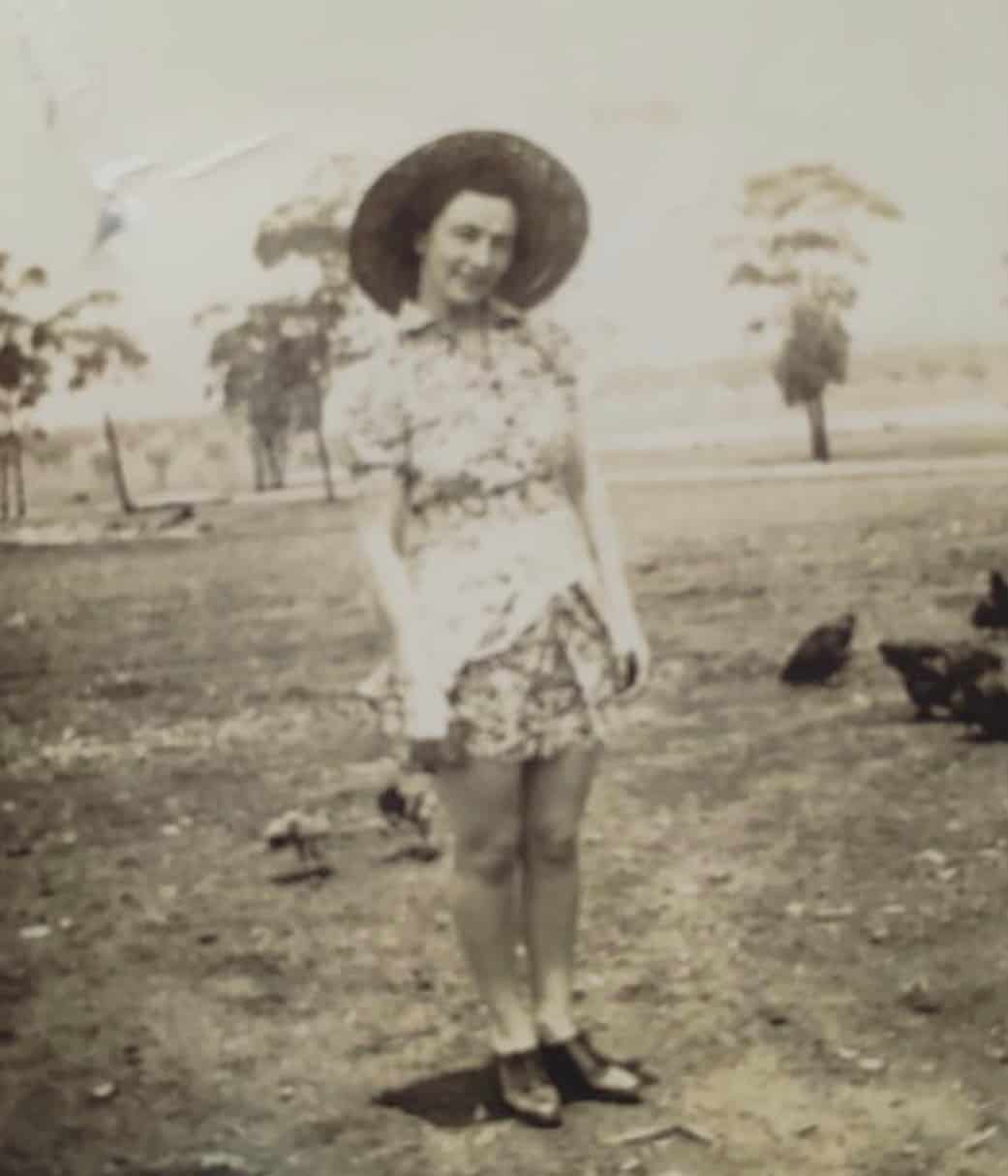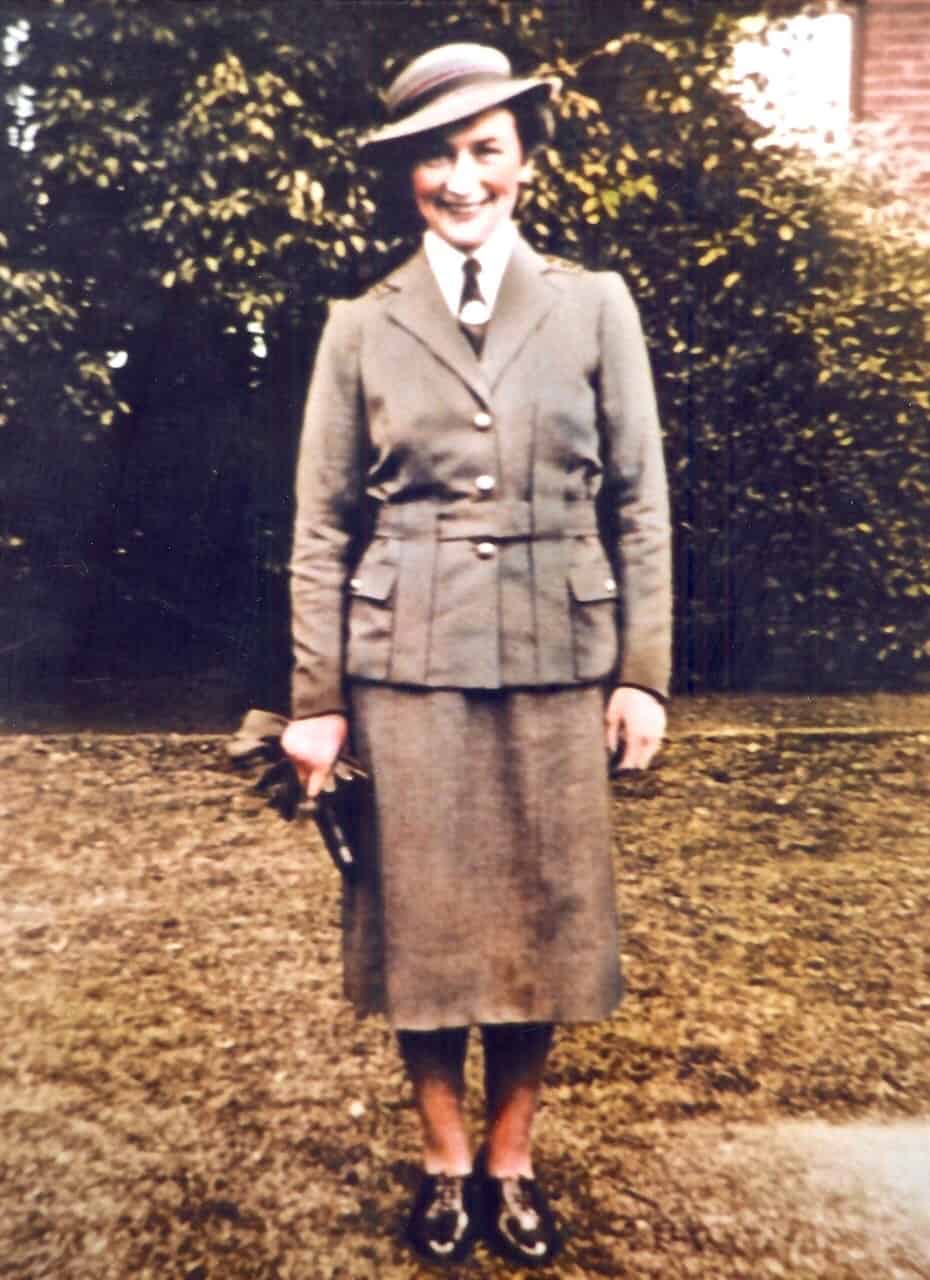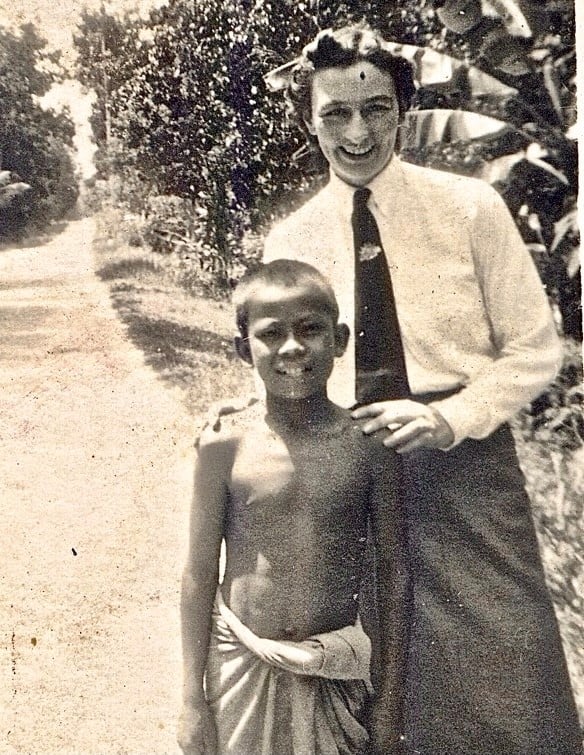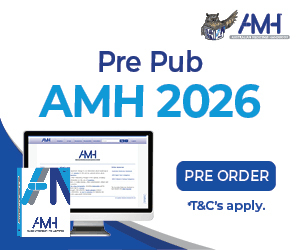On the 16th of February is the 81st Anniversary of the Radji Beach massacre where 21 nurses were brutally murdered.
Only one nurse, Vivian Bullwinkle, survived. Kath Neuss was one of the nurses who lost her life on that fateful day. Below is her story.
Guess you will be thinking I’ve gone up in smoke. There is plenty of it about”.1
Only 10 days later Kath Neuss was dead; brutally killed on Radji Beach with 20 of her nursing friends.
This is another story of an Australian Army Nurse who will never be forgotten and who will be remembered at the annual Commemoration Services at Radji Beach on 16 February.
Sister Kathleen ‘Kath’ Margaret Neuss NFX 70527, was born on 16 October 1911 at Mollongghig near Ballarat in Victoria. Kath was the second daughter of John Henry Neuss and Mary Catherine Neuss (nee Perry). Kath’s paternal grandfather was George Neuss, a German immigrant and her maternal grandfather was Samuel Perry, a veteran of the Eureka Stockade in 1854. In 1913, when Kath was 18 months old her parents packed all their possessions, travelled to Sydney by boat, then train to Glen Innes in northern NSW and finally by Cobb & Co coach to uncleared land her father had selected for farming about 32kms northwest of Inverell.

Life was very hard for the young family. Her father had to clear the land and build their first ‘house’ of three rooms with an iron roof and walls lined with hession and papered with wallpaper. The ceilings were also of hession. Their only water tank was a 500 hundred gallon tank at the side of the house. Kath’s parents called their new home “Kalimna” after the Victorian coastal town where they spent their honeymoon. All water for washing and cooking had to be carried by bucket. Kath’s elder sister Jessie (“Jess”) had also been born in Mollongghip and over the next decade another four siblings were born at Inverell.
Kath Neuss was initially educated at Bannockburn Public School. Her father would take Jess and Kath on a horse to school and each afternoon the girls would walk the four miles home. During a severe drought in 1915/16 Jess and Kath returned to Victoria for about 18 months and went to schools at Mollongghig and Rocky Lead where their respective grandparents lived. Back at “Kalimna” as the family increased a sulky was acquired which, driven by the eldest child, then took the kids to school. Often the children travelled to school by horse; two to each horse with the youngest in front.
In 1926 Kath sat and passed an examination that enabled her to go to Inverell High School in 1927 and 1928. She would board with an Inverell family during the week and then return home each weekend, travelling by horse and sulky; very tiring for a young teenager. Kath initially wanted to be a school teacher but did not pass the teachers entrance examination; a big disappointment to her. After leaving school she trained as a private nurse in Inverell and then at Royal Prince Alfred Hospital in Sydney, graduating as a Registered Nurse in 1939.
Kath Neuss enlisted in the Australian Army Nursing Service on the 6th of January 1941 and was posted to the 2/10th Australian General Hospital. On 4 February 1941 the “SS Queen Mary” sailed from Sydney; destination Singapore. On board were elements of the 8th Division AIF and 51 Australian nurses, including Kath who served in Malaya and Singapore. For part of her time Kath was seconded to the 2/13th Australian General Hospital.

In a strange coincidence, as part of the 2/13th Battalion 9th Division AIF her younger brother Bill had sailed on the “SS Queen Mary” for the Middle East on 20 October 1940. The 9th Division disembarked at Bombay in India and the “SS Queen Mary” returned to Sydney to take the nurses to Singapore. Bill’s pre-embarkation leave in Sydney on 18th October was the last time Kath saw her brother, but letters from Kath in Malaya and Singapore to Bill remain. The last letter to Bill was dated 16th of January 1942; exactly one month before Kath died.
Kath was a tall, fun loving and gregarious woman with brown eyes and dark hair. She had a wicked sense of humour, was full of life and her letters home from Malaya and Singapore tell of a young woman enjoying her experiences overseas. The nurses had a very good social life and in many of her letters Kath talks about a very close friend Lieutenant Jock Pringle of the 2/18th Battalion. In a letter dated 2 January 1942 Kath wrote:
“Jock is still at the Convalescent Depot and hating it still. He too had a move on Monday. I spoke to him on Sunday evening and he was very miserable. Said the medical unit were worse than the police to get out of their clutches. Said they were acting as though it was a concentration camp”.
In a very sad and tragic irony both Kath and Jock were both executed by the Japanese, exactly five days apart; Jock on Singapore Island after he surrendered to the Japanese when his composite unit was overrun on 9th February and Kath at Radji Beach on 16th February.
Kath wrote many letters and about 20 remain and these give a terrific insight into Kath. They almost ‘bring her alive’. She was missing out on a lot of weddings of her friends in Australia and on 2 November 1941 she wrote:
“Can’t bear to think of many more weddings over there without me being present. You had better wait or there will be a fuss”.

At the time of boarding the “SS Vyner Brooke” on 2 February Kath was aged 31. Along with Winnie May Davis and her very close friend Pat Gunther, she was ordered amongst the various duties of the Australian Army nurses on board, to be responsible for the forward part of the ship (On Radji Beach p.148). When the ship was bombed she “… received a nasty shrapnel wound from the bomb that hit aft. Struck in the left hip, she struggled to walk and had to be helped onto the deck by Wilma and Mona…” (ORB, p.154). When the time came for evacuating the ship and the second lifeboat was being filled with the elderly, mothers and children and the more seriously wounded nurses, Kath Neuss had to be practically carried all the way into the lifeboat (ORB p.159). Pat Gunther gave her tin hat to Kath ‘in case she needed to bail water from the lifeboat, saying, ‘we’ll see you on shore’. (Portrait of a Nurse p.21) Kath gave her life jacket to Pat. The rest is history; Pat survived as a POW.
Landing on Radji Beach in the lifeboat, Kath was definitely executed by the Japanese on the beach along with the other 20 Australian Army Nurses. Whether she was amongst those told to walk into the water and killed or whether she was amongst the wounded on stretchers brutally bayoneted to death is unclear. She is remembered on the Inverell Roll of Honour and a tree is planted at the RSL branch in Inverell in her memory.
A ceremony will be held at the Muntok Peace Museum near Kampong Menjelang, the site of the former Womens’ Camp to remember the many civilian men, women and children and military people interned and held as POWs on Bangka Island, on the 16th of February – 81st Anniversary of the Radji Beach massacre.
For more stories about the Australian Army nurses head to https://muntokpeacemuseum.org/ and facebook page Muntok Nurses and Interneest
Sources:
* 1 Letter dated 6 February 1942 to her sister Jess
* On Radji Beach by Ian Shaw
* family records
* public sources
Story and images published with permission of Muntok Nurses and Internees








